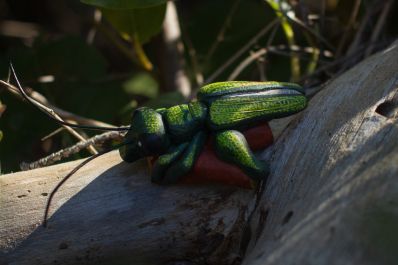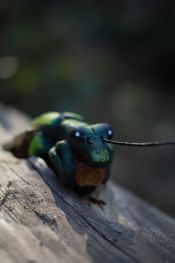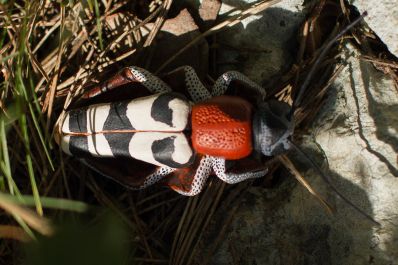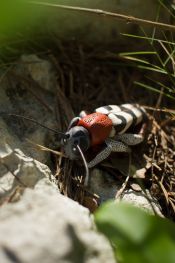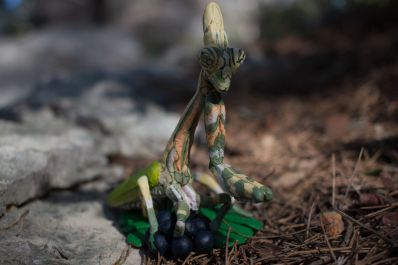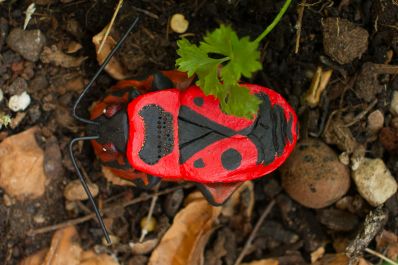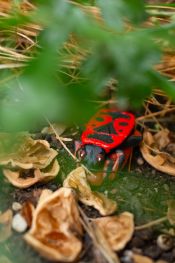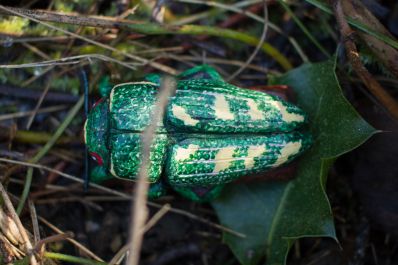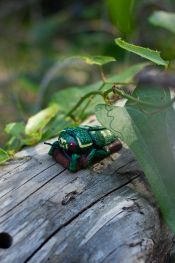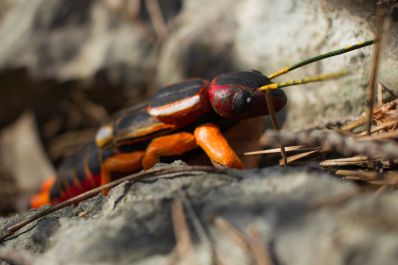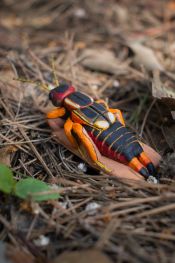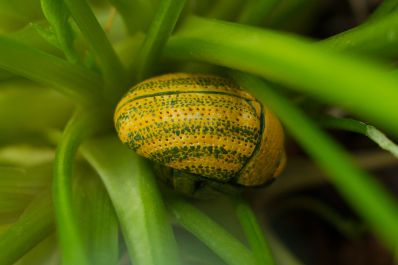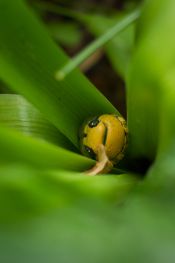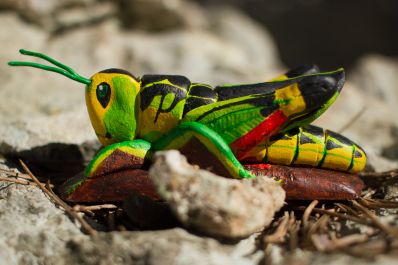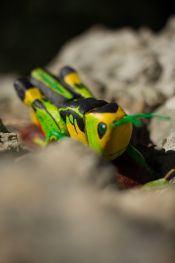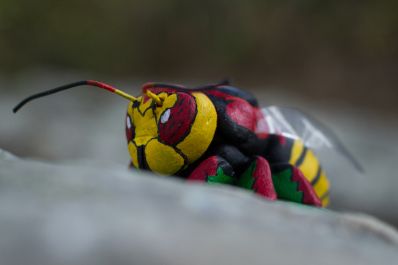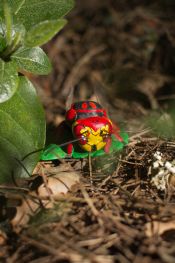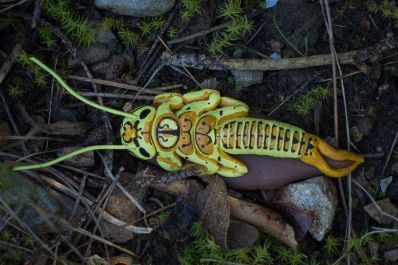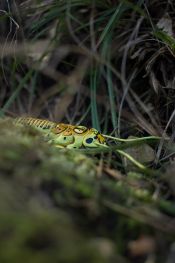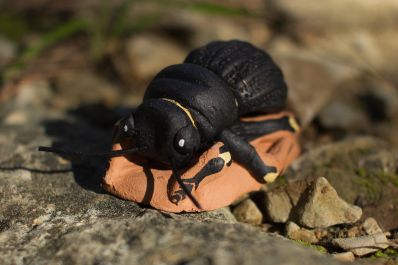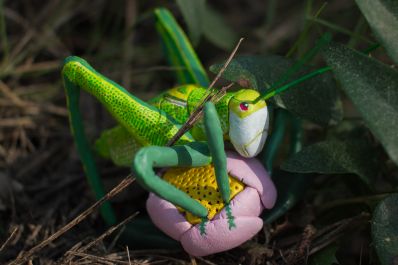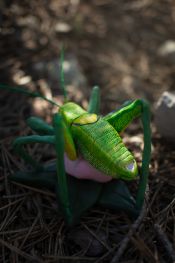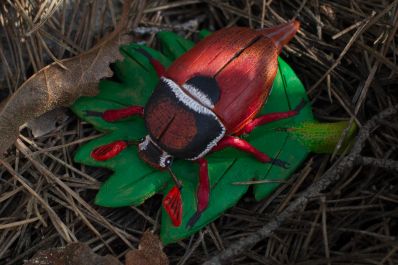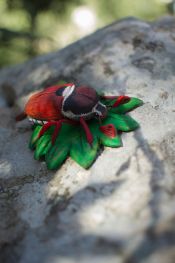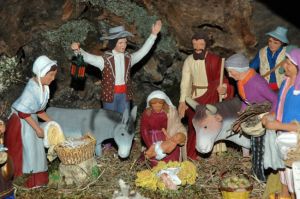Completed santons of arthropods’ species
About
Ongoing project written at first person as Robin Bantigny.
After moving to Provence, in Marseille, the Santons from Provence quickly caught my attention with the Santons market in the Old Port, which takes place in december. Well before Christmas 2022, my partner and I began building a secular nativity scene combining santons made by santonniers and santons made by me. The later represented wild animals (unlike the traditional domestic animals) and characters looking like my partner and I in a fantasy world. I quickly got caught up in this art form and added my mother and her dog, my brother, my father-in-law, my brother-in-law, my best friend, a couple of friends, my sister and her family, my cousin, etc. to the nativity scene.
All these vernacular representations of loved ones served as gifts, and I hope to create an emotional connection to these “cute” figurines in their recipients. I would even be tempted to give them a magical dimension: they are closer to talismans and amulets [1] than framed photographic portraits.
This is how I came to want to transfer this “friendly” and magical quality to insects, a clade of living creatures that generally attracts disgust [2] and that could really use a boost in affection to survive the onslaught of human agribusiness. So, in a way, I gave insects a place in the sacred familiarity of the nativity scene by transforming them into Provençal santons. In doing so, I tried to remain as descriptive as possible of the species represented — within the limited scope of a few grams of clay and square centimeters of paint.
Modeling technique
Santons from Provence are small, colorful clay figurines that represent the Nativity scene in Christmas cribs (the baby Jesus, the Virgin Mary, and Saint Joseph, with the donkey and ox supposed to warm the child with their breath), the Three Wise Men and the shepherds, as well as a whole series of small figures representing the inhabitants of a Provençal village and their traditional trades.
The technique used to make these insect figurines is close to the same as that used for Provençal Santons[3], as there are no molds and no firing: they are unique pieces that are sculpted and painted by hand.
In the purpose of a small-scale mass production to use those figurines as a pedagogical tool for entomology initiation, I am now experimenting on molding: plaster molds are not flexible enough for the level of details of arthropods’ anatomy, thus I am working on latex molds to make plaster copies that would be light, robust and convenient to paint by hand.
Notes
- ↑ Their paper packaging was also carefully designed, like the cases for amulets and other charms.
- ↑ If we omit bees and ladybugs.
- ↑ Santon makers go through seven stages to make a santon. First, they make a model out of raw clay placed on a base that will form part of the figure. Next, they make a plaster mold. The molding is done by pressing a coil of fresh clay into one half of the mold, which has been dusted with talcum powder. After pressing both sides by hand, the excess is trimmed away and the santon is removed from the mold and left to dry. The final manual operation consists of more precise trimming to remove all traces of the mold. The santon is then left to dry again before being fired in a kiln at 800°C. The final step is decoration, which is always done by hand.
